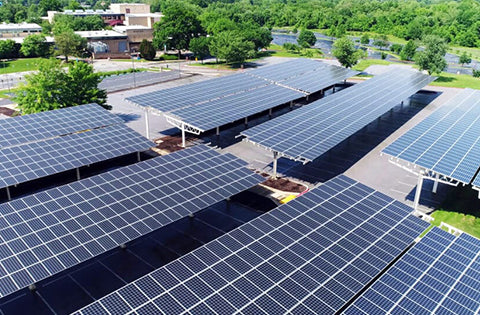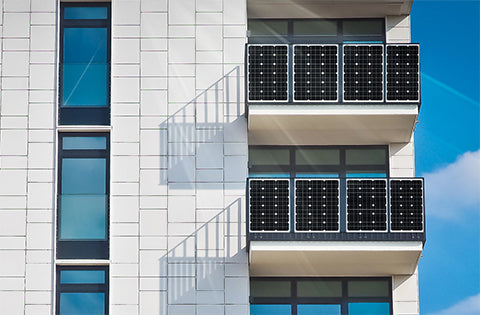Many people say that solar panel is a lucrative investment whether it`s for household use or commercial use. When deciding to switch to solar, it`s definitely a large expense for you. Therefore, the question is coming: How long it will take to reach the payback period? In this article, we`ll walk though solar panel payback periods and how to determine your overall savings from going solar.
What is a solar panel payback period?
A solar panel payback period, also referred to as a solar panel break-even period, is the amount of time it takes for a solar panel system to save the same amount of money it costs to purchase and install the system. Simply put, it’s the break-even period for solar panels. For example, if a solar panel system saves a homeowner $2,000 a year in electrical bills, and the solar panel system costs $20,000, the solar panel payback period would be about 10 years. Unfortunately, calculating a payback period for solar panels is rarely that simple. Several other factors contribute to a break-even point for solar panels, including tax benefits, rebates, increases in utility costs and much more.
While the term "solar panel payback" refers to ROI, there are many benefits to installing solar panels that are hard to attach to a specific dollar sign. For example, solar panels increase home value, help to minimize carbon footprints, create energy independence and so much more! Plus, solar panels generally last for 25 to 30 years. That’s a lot of savings, both for your pocket and for the environment.
How to calculate your solar panel payback period?
When investing in solar, you'll want to know how long it will take to complete your payback period, which starts with calculating how long that period will be in the first place. Use the information below to determine how you can calculate your payback period.
1: Determine the combined costs to your PV system
To find the correct combined cost of a solar panel system, first determine the gross cost of the solar panels + accessories (batteries, inverters, etc.) + installation. Then, determine the savings made available due to upfront savings of installation. These savings can vary by state and include solar tax credits, solar rebates and any other incentives gained through solar panel installation. These two numbers determine the combined cost of your solar panel system, with your savings subtracted so you can have the most accurate payback period estimate.
2: Determine the annual benefits of your PV system
To begin calculating the annual benefits of your solar panel system, first determine the total cost of your electric bill for a year (assuming your PV system will pay for 100% of electric costs). Next, determine the annual rate by which electricity bills increase in your residential area. Then, determine the yearly incentives you receive through your solar PV system each year determined by your state. Annual incentives often include SRECs, a performance-based solar incentive that allows homeowners to make money on excess solar electric generation. These numbers are all used to determine the annual benefits.
3: Determine your solar panel payback period
The numbers determined by combined costs and annual benefits are then used to assess your individual solar panel break-even period. You can determine your payback period by starting with your system's cost and subtracting incentives, such as any federal or state tax credits or rebates. Then, you'll want to divide your estimate by your annual net-metered savings. The number you're left with will be your expected payback period. As we mentioned, you can expect to reach the end of your payback period in eight years, but some people will reach it sooner or later, depending on their average annual electrical costs.
And there have many factors contribute to the overall payback period. Some primary factor include state incentives, peak sun hours, electricity usage and cost, solar panel efficiency, etc. Solar panels are an efficient, clean energy source that can recuperate the cost of installation within years. Numerous other benefits make solar panels a worthy investment. You'll be able to see a return on your investment within years and reduce your carbon footprint by choosing to switch to solar energy. To learn more about solar panel, please follow SOLARPARTS official website:
Twitter: Solarparts Instagram: Solarparts
Tumblr: Solarparts Pinterest: Solarparts
Facebook: Shenzhen Solarparts Inc
Email address: Philip@isolarparts.com
Homepage: www.isolarparts.com





